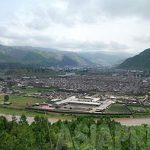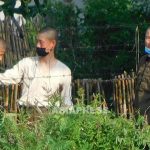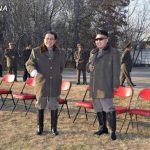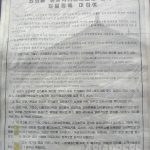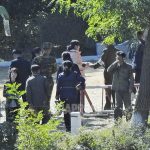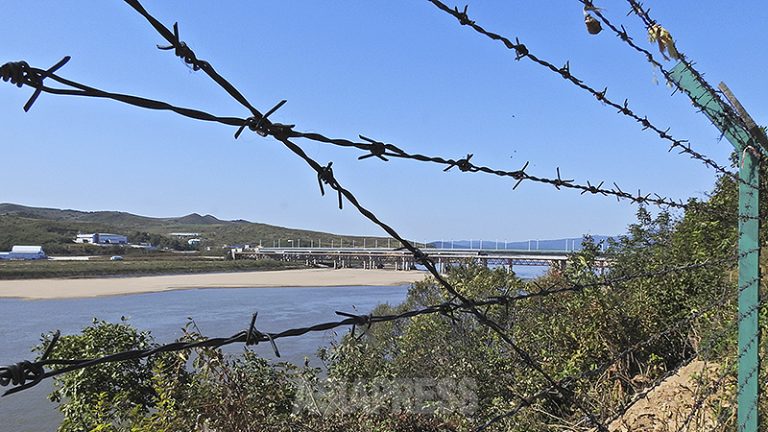
The Tumen River marks the border between North Korea and China’s eastern border. Since the mid-1990’s, an enormous number of hungry North Koreans have crossed stretches of the 600-kilometer-long river into the Yanbian Korean Autonomous Territory. This number is estimated to be close to 2 million people.
Of that total, 90% are thought to have returned to North Korea for the purpose of bringing back cash and food to their loved ones. The 10% who chose to not return became known as North Korean refugees. In the old days, there were no barbed-wire fences and surveillance cameras were a rarity.
In the last 6-7 years, however, there has been no sight of North Korean refugees living in China. This is because security at the border has become incredibly tight on both sides.
◆ Strict vigilance and harsh punishments at the Tumen River
In 2014, the Chinese government completed setting up a system of barbed-wire fences and surveillance cameras along its borders. The system was designed to block thieves, smugglers, and drug dealers, along with defectors coming in from North Korea.
After Kim Jong-un took office, barbed wire was put up on the North Korean side as well. The reason was to prevent citizens from fleeing to China.
<Inside N.Korea> Second DMZ Created at Sino-Korean Border
Compared to the Yalu River in the west, security along the Tumen River is more severe. Foreigners have not been allowed access to the upper reaches of the Tumen River since 2016. At checkpoints stand soldiers of People’s Liberation Army and Border Guard, automatic rifles in hand.
Another reason why North Koreans no longer defect here is that the Korean-Chinese community on the Chinese side of the Tumen River has all but disappeared. 20 years ago, the Korean-Chinese population stood at 1.9 million people across China’s 3 northeastern provinces. This population has since dispersed, with 600,000 making their way to South Korea, 100,000 coming to Japan, and many more relocating to large Chinese cities such as Beijing, Shenyang, Dalian, and Shanghai.
The majority of Korean-Chinese farming villages along the Tumen River have either become abandoned or inhabited by Han Chinese. The ethnic Korean population, which used to help or hide North Korean refugees, is no longer present.
※ All photographs were taken in September 2019 by ISHIMARU Jiro.
<Latest Photo Report> A Trip to the North Korea-China Border (Part 1: The View Along the Yalu River)
Next page :Onseong County, North Hamkyung Province...
